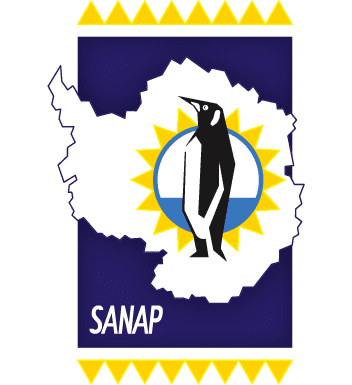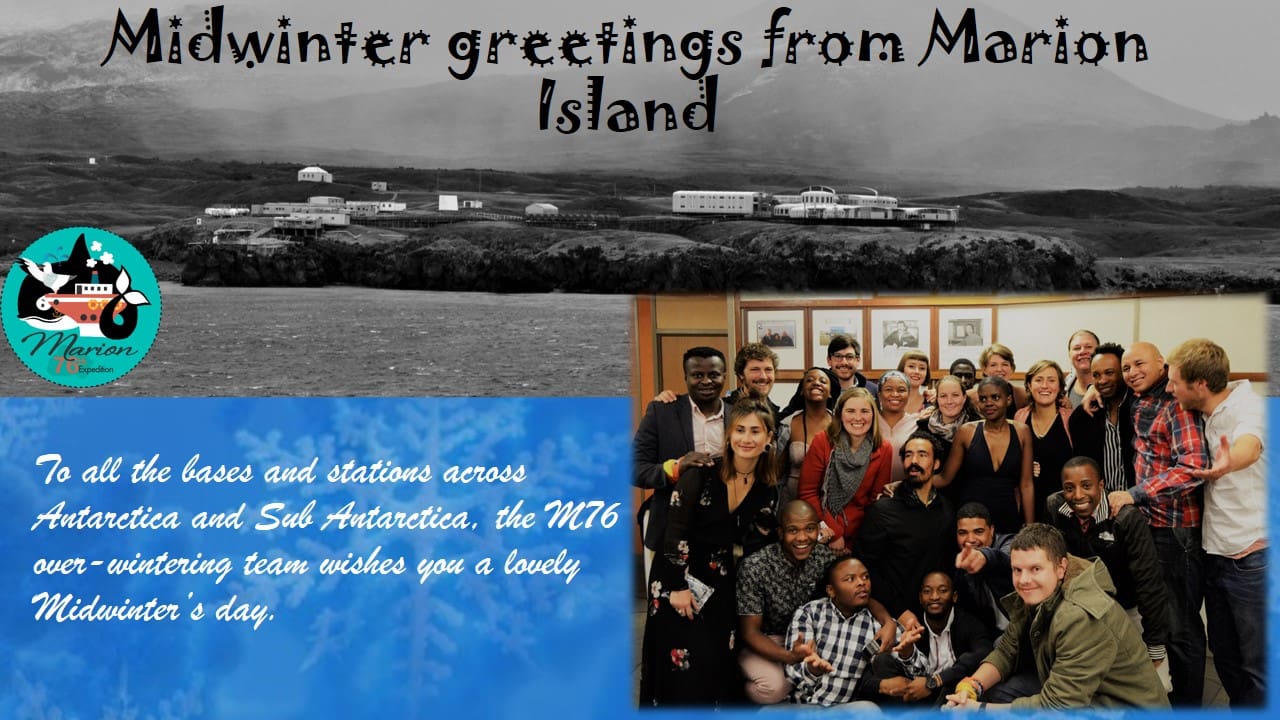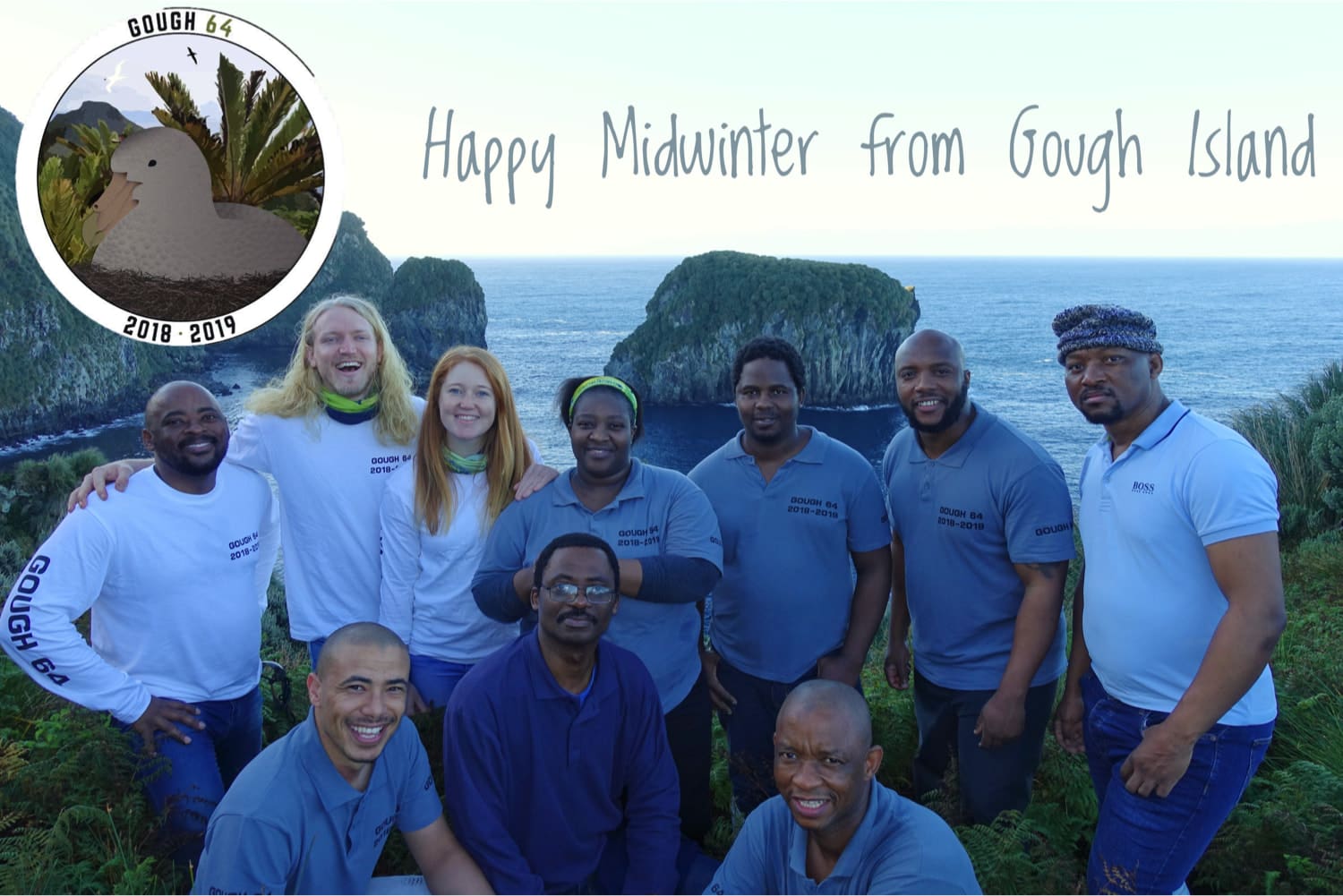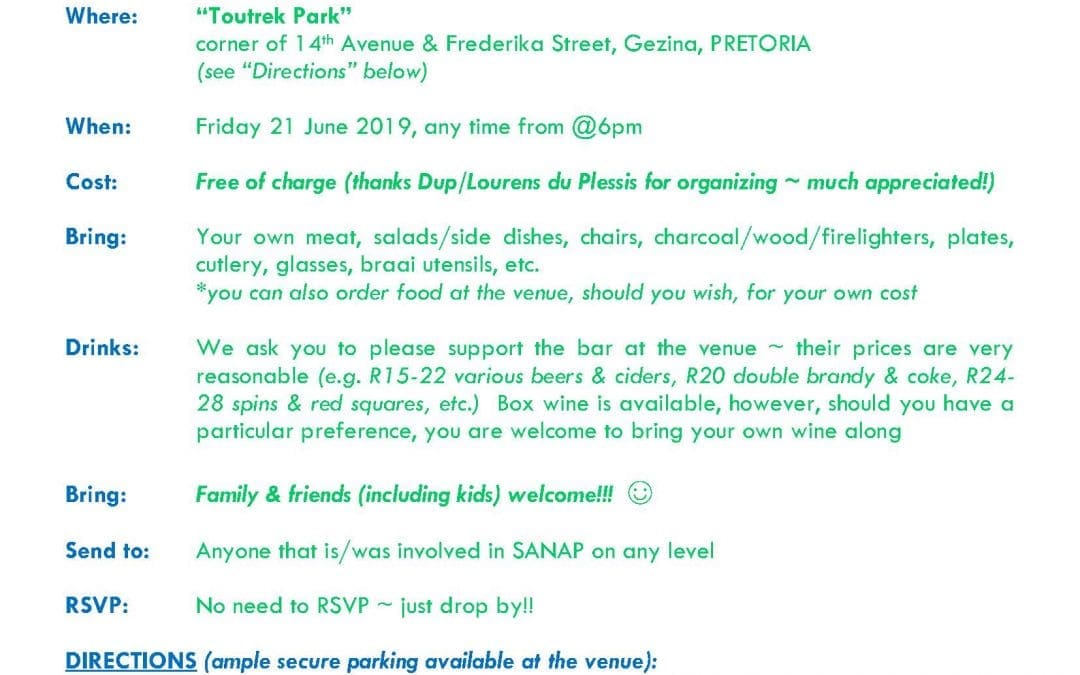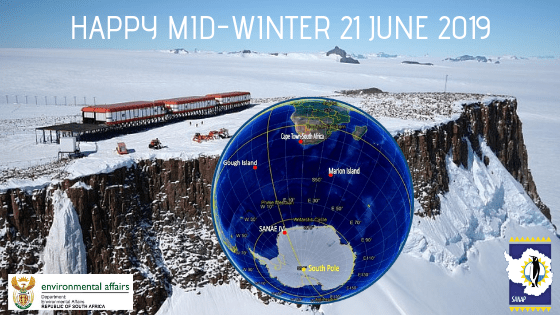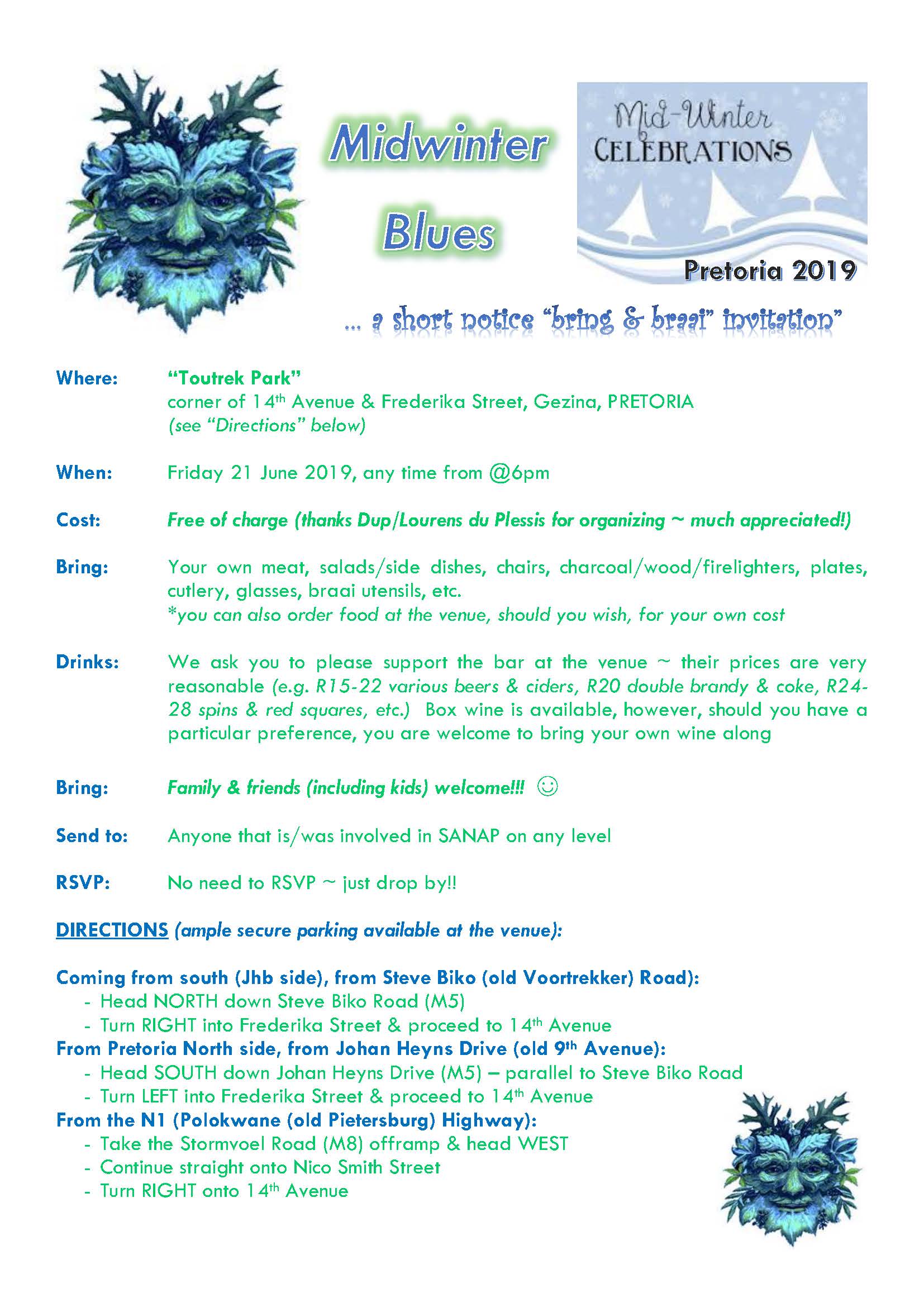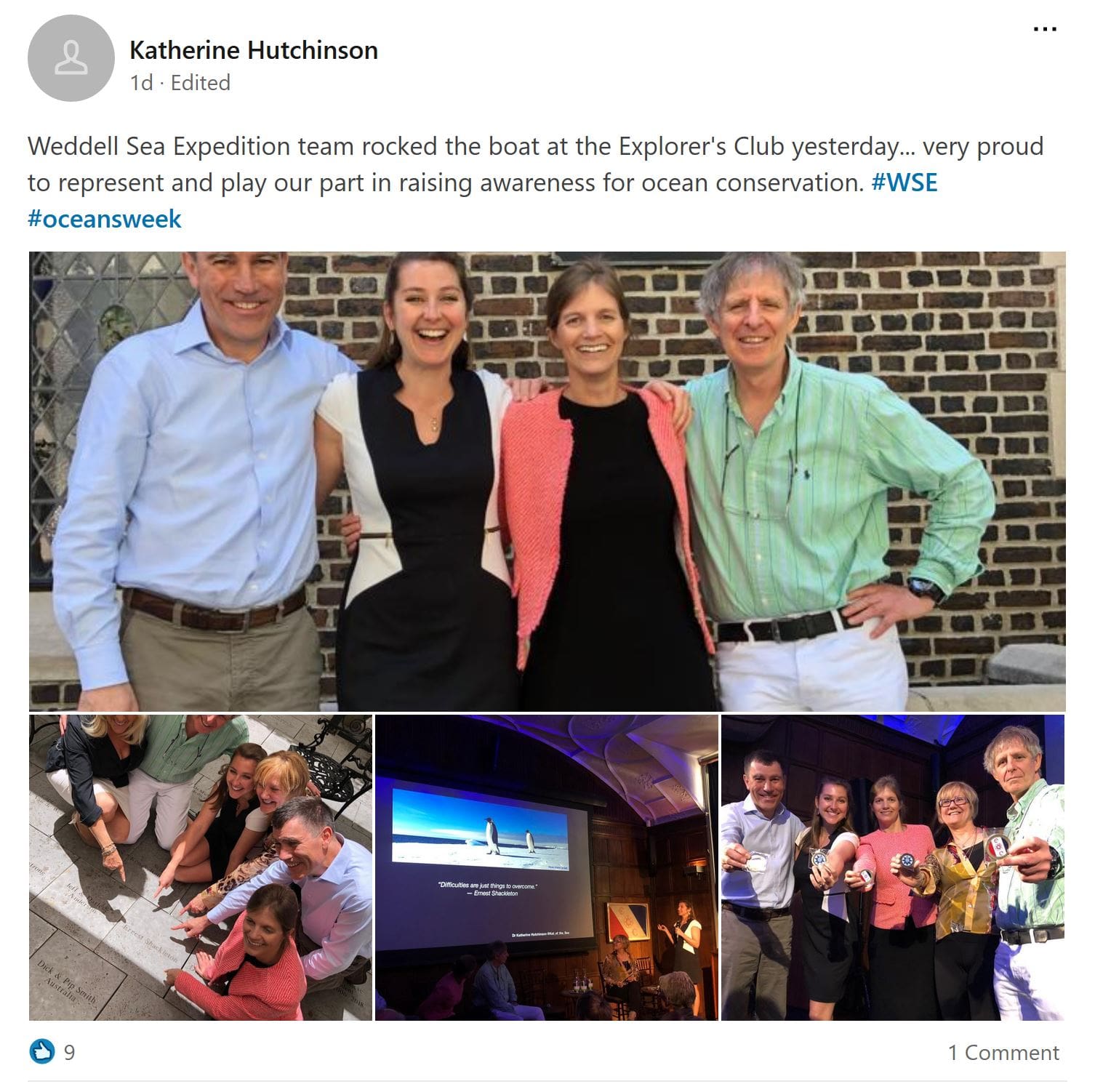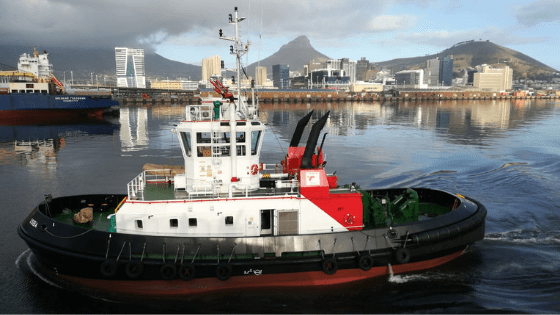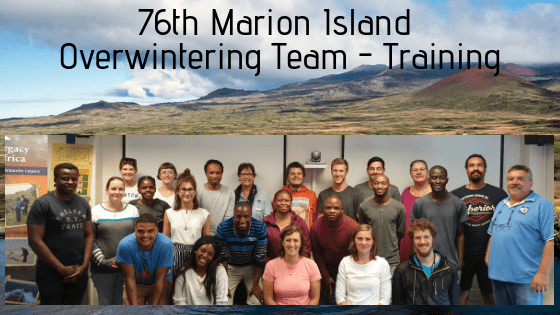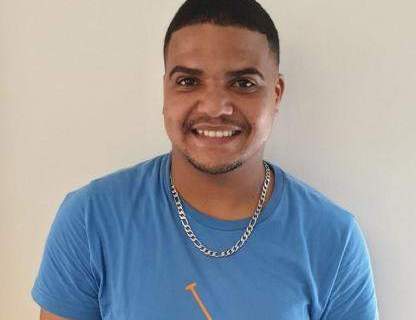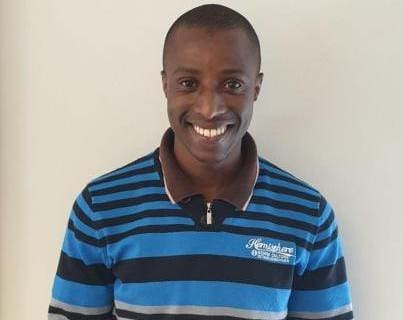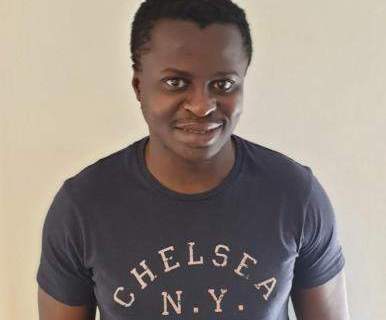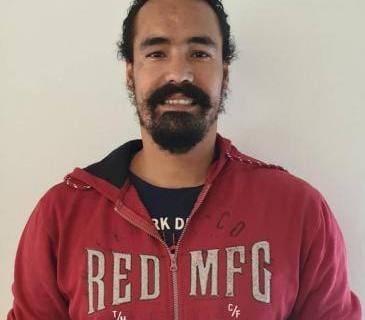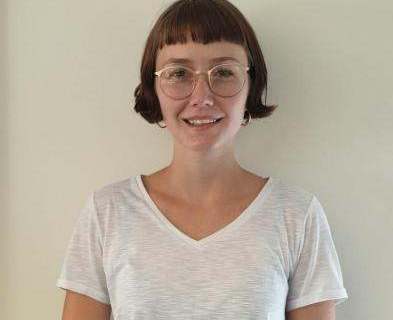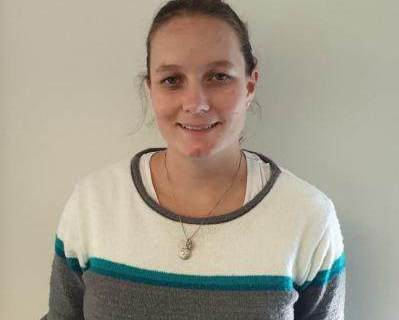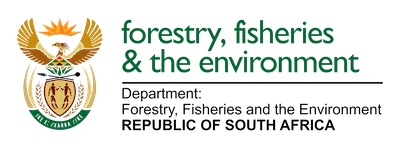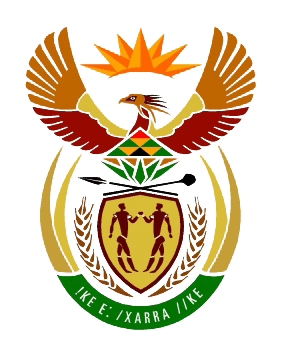by Fishgate@sanap | Jul 3, 2019 | Current Event, News, Research, SA Agulhas II, SANAP, Southern Ocean
The 4th SEAmester cruise departed from the port of Cape Town on the 1st of July 2019.
This year’s class consists of 41 students in total, including postgraduate students from all over South Africa and a few international students.
During this 11 day cruise along the coast of South Africa, on the S.A. Agulhas II, students will learn all about marine science through theoretical classroom learning and applying this knowledge through ship-based and hands-on research. Find out more about SEAmester here.
We would like to wish all the students and lecturers onboard the vessel another successful programme.
VIDEO: Meet the programme coordinator, Tahlia Henry.
Note: SEAmester is a Department of Science and Technology/National Research Foundation funded SANAP (South African National Antarctic Programme) project.
Anché Louw, Antarctic Legacy of South Africa, 03 July 2019

by Fishgate@sanap | Jun 21, 2019 | Antarctica, Current Event, Gough Island, News, SANAP
Happy mid-winter from our Antarctic station (SANAE), sub-Antarctic station (Marion Island) and Gough Island.
Antarctica – where the 58th overwintering team will be celebrating mid-winter.

Marion Island – where the 76th overwintering team will be celebrating mid-winter.

Gough Island – where the 64th overwintering team will be celebrating mid-winter.


by Fishgate@sanap | Jun 21, 2019 | Antarctica, Current Event, Gough Island, Important Dates, Marion Island, News, Overwintering Team, SANAE, SANAP
Mid-Winter is celebrated right across Antarctica by all the nations & stations. It is the 0ldest tradition in Antarctica and refers to the Winter Solstice (or hibernal solstice). It occurs when one of the Earth’s poles has its maximum tilt away from the Sun. It happens twice yearly, once in each hemisphere (Northern and Southern). For that hemisphere, the winter solstice is the day with the shortest period of daylight and longest night of the year, when the Sun is at its lowest daily maximum elevation in the sky.

At the pole, there is continuous darkness or twilight around the winter solstice. Its opposite is the summer solstice.
The winter solstice occurs during the hemisphere’s winter. In the Southern Hemisphere, this is the June solstice (usually 20 or 21 June). Although the winter solstice itself lasts only a moment, the term sometimes refers to the day on which it occurs. Other names are “midwinter”, the “extreme of winter” (Dongzhi), or the “shortest day”.
So, for Antarctic Expeditioners / Overwinterers the worst is over with regards to dark (lack of light and sunlight).
Happy Mid- Winter to all – share this email far and wide.
From all of us
Jasmine Arnold
Office Administrator to The Ship’s Operations Manager | Directorate: Southern Oceans & Antarctic Support | Office address: East Pier, Waterfront | Direct no: 021 405 9485 | Switchboard: 021 405 9400
Mid-winter Event Pretoria, South Africa – organised by Carol Jacobs :


by Fishgate@sanap | Jun 7, 2019 | Antarctica, Current Event, News, Research, SA Agulhas II, Southern Ocean
Katherine Hutchinson (Postdoctoral Researcher, Oceanography at L’Ocean University of Cape Town) was one of the 48 expedition members, part of the Weddell Sea Expedition of 2019. During this expedition scientists did the first ever sampling on the A68 ice berg, that broke off of Larsen C ice shelf in July 2017.
Meet all the South Africans that was part of the Weddell Sea Expedition 2019: click here.
Her research ‘explores the role of the ocean in possibly driving basal melting and thus destabilising the ice shelf making it more prone to loss via massive calving events’ like the event mentioned above.
She is currently in New York sharing her knowledge on ocean conservation (click here for more information on this event). She compares the size of ice berg A68 with Manhattan, which is 180 times the size of this part of the city and most probably the best way to create a sense of scale.

Top photo: Katherine Hutchinson, second from the left.
Tomorrow, 8 June, is World Oceans Day and is also a Commemorative event in South Africa. We need to protect and conserve our oceans. Read more about World Oceans Day here.
Anché Louw, Antarctic Legacy of South Africa, 07 June 2019.

by Fishgate@sanap | May 15, 2019 | Announcement, Current Event, Marion75, News
All onboard the vessel has gone thorough customs.
The tugboat has just arrived alongside the vessel, to assist her in shifting into East Pier where passengers will disembark.

by Fishgate@sanap | Mar 20, 2019 | Current Event, News, Team Photo
The 76th Marion Island Overwintering team training started during the second week of March and will end Friday, 29 March.
The team training is intended to give the team a good background of the South African National Antarctic Programme and the history of South Africa’s involvement in the Southern Ocean. The team will also get an idea of what to expect of their year on Marion Island, learn what they can and can’t do and get a better idea of what to pack. During training the team can mingle with each other and learn how to work together during First Aid and Fire Fighting training, during the packing of containers and the cooking class. Each member’s dental health will also be assessed and attended to, as there is no way of returning home for an aching tooth. Each member on the team will also be kitted out with the necessary protective clothing for living and working in the sub-Antarctic.
The current expected time of departure for the vessel, S.A. Agulhas II is 11 April 2019. Click here to view the S.A Agulhas II Voyage Schedule.
Featured Image: M76 team during the first day of training, with Ria Olivier, Antarctic Legacy of South Africa (back, 4th from left) and Adriaan Dreyer (far right), Assistant Director – Logistics and Support of Expeditions (Southern Ocean and Island Support Division, Department of Environmental Affairs).
Anché Louw, Antarctic Legacy of South Africa, 20 March 2019
